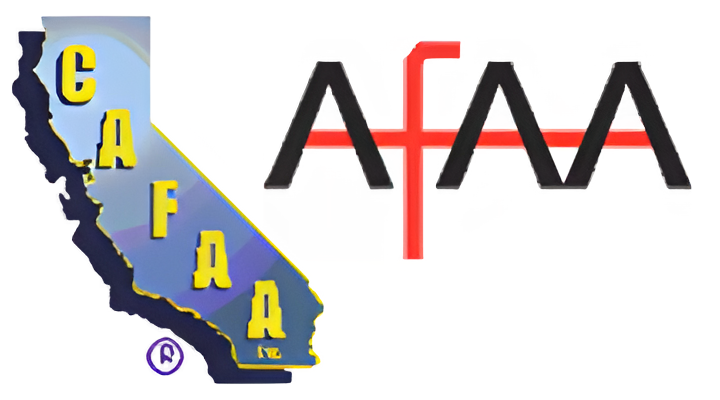|
|
Access Control
Fireside Security
Access Control
At Fireside Security, we specialize in advanced access control systems that enhance both security and convenience. Our solutions range from keyless entry and biometric scanners to remote access management, tailored to fit your specific requirements. We focus on integrating the latest technology to ensure you can manage access efficiently while meeting all necessary regulations. With our solutions, you gain reliable, round-the-clock control over who can access your property.
Why us?
Opting for Fireside Security means choosing a partner known for exceptional expertise and dependable service in fire alarm and access control systems. We stand out for our precise approach and commitment to high safety and compliance standards. Our team designs and implements solutions that are customized to your needs, ensuring robust protection and peace of mind. With us, you’re not just getting a service—you’re gaining a trusted ally in safeguarding your property.
Call us at (650) 341-4600 or email info@firesidesecurity.com for more info.
step
01
online application
step
01
Consultation
Assessment
step
02
Tailored
Solutions
step
03
Proffesional
Installation
step
04
Support
Maintainence

FAQ'S
-
What are examples of access control systems?
Examples of access control include keycard entry for restricted areas, biometric scanning like fingerprint recognition, and password protection for systems. Two-factor authentication adds a second layer, such as a phone code, and PIN codes are used to secure devices or access points.
-
What are access control systems?
Access control systems regulate who can enter physical spaces or use digital resources through methods like keycards or biometrics, ensuring only authorized users gain access.
-
What are the five access control models?
The five models are Discretionary (DAC), Mandatory (MAC), Role-Based (RBAC), Attribute-Based (ABAC), and Rule-Based Access Control, each defining access through different rules and policies.
-
What is the difference between PCI and NIST?
PCI (Payment Card Industry) and NIST (National Institute of Standards and Technology) have different focuses in cybersecurity. PCI, through the Payment Card Industry Data Security Standard (PCI DSS), is specifically aimed at protecting payment card information by enforcing strict data security practices for organizations handling such data. NIST, on the other hand, provides broader cybersecurity guidelines applicable to various sectors. The NIST Cybersecurity Framework offers a comprehensive approach to managing cybersecurity risks across different industries, not limited to payment systems.



